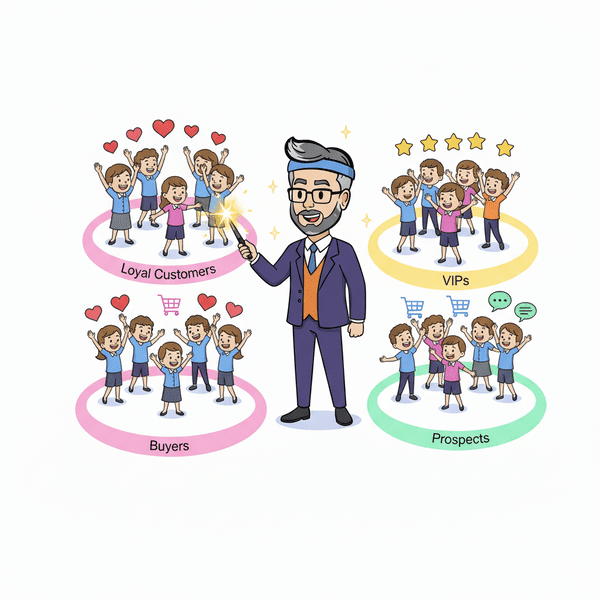What is a Distribution Channel Strategy?
Definition: A distribution channel strategy is a structured plan that businesses use to deliver products or services to customers efficiently. It defines the pathways through which goods move from the manufacturer or supplier to the end consumer. This is done through direct sales, retailers, wholesalers, e-commerce platforms, or third-party distributors. A well-designed distribution strategy helps businesses optimize logistics, expand market reach, and improve customer satisfaction.
Example in a Sentence: The company refined its distribution channel strategy by expanding its e-commerce presence and partnering with third-party logistics providers to reach a global audience.
Why is a Distribution Channel Strategy Important?
1. Enhances Market Reach
A strong distribution strategy helps that products are available where and when customers need them. This can be in physical stores, online marketplaces, or through direct sales.

2. Improves Efficiency & Cost-Effectiveness
Businesses can streamline supply chain operations, reduce overhead costs, and minimize delivery times by selecting the most effective distribution channels.
3. Strengthens Customer Satisfaction
By optimizing distribution channels, companies can offer faster delivery, better product availability, and multiple purchasing options. This will lead to a better customer experience.
Build a Winning Strategy
A well-executed strategy helps businesses scale, increase sales, and maintain a competitive edge. By capitalizing on a mix of direct and indirect channels, companies can easily deliver products to their customers while optimizing costs and customer satisfaction.
More Definitions: Retargeting, E-commerce Fulfillment Definition, Edge Computing Definition and Channel Strategy Definition
Useful Posts: How To Create A Powerful Digital Marketing Sales Funnel, Evergreen Campaign Definition and Stand Out from the Crowd with Expert Bank Marketing Services























